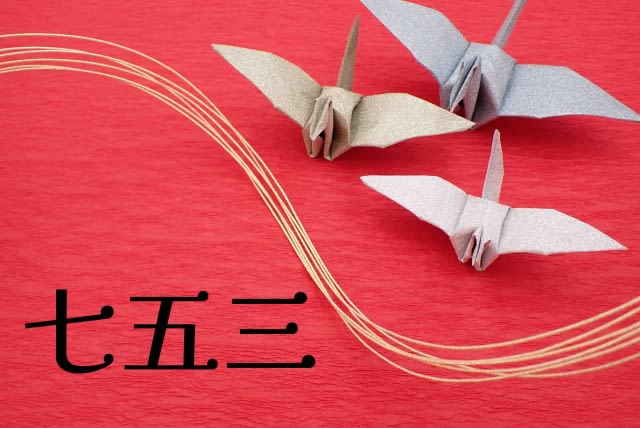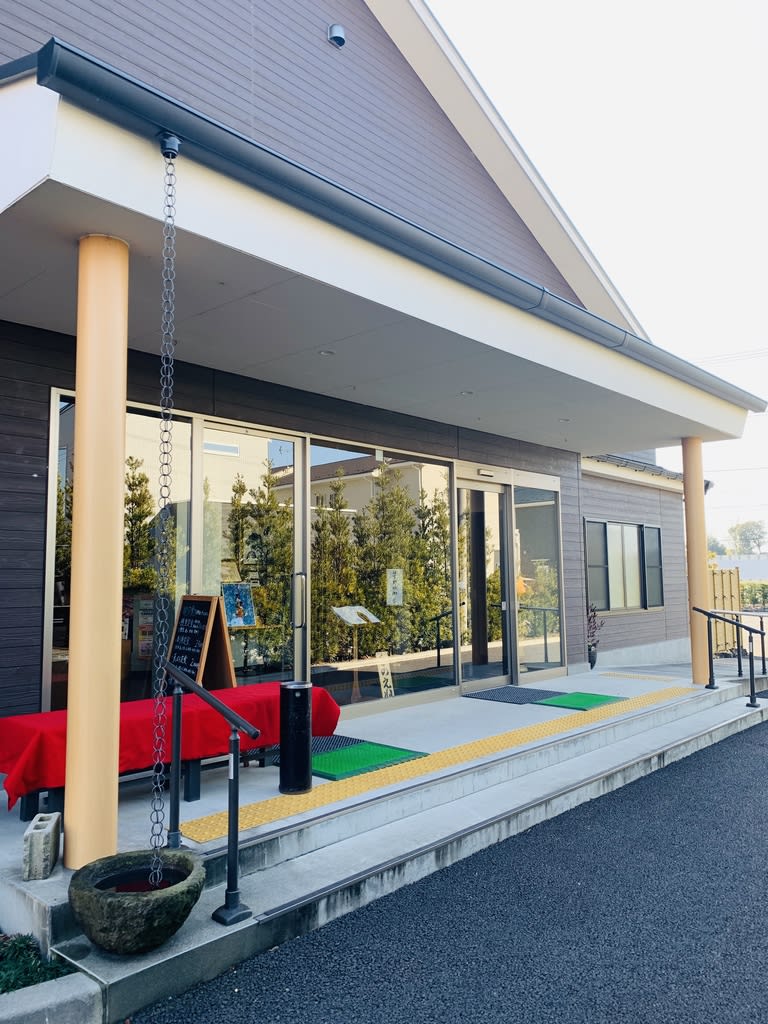Thank you for visiting our website.
Kinonene Co,
Ltd. operates a restaurant business called "Kinone Ryotei" in Kuki City, Saitama Prefecture, and a lodging business called "Hotel Kuki".
We also run a lodging business, Hotel Kuki, in Kuki City, Saitama Prefecture.
#Ryotei Kinoene in #Kuki City, Saitama Prefecture, Japan.
In recent years, the number of reservations for Shichi-Go-San has been increasing. So, why do we celebrate Shichi-Go-San? What is the origin of the event?
Shichi-Go-San (753) is a celebration that everyone knows as a commemorative event for children, but surprisingly few people know its origin and timing.
Shichi-Go-San is an event to pray for the healthy growth of children to the Ujigami (guardian deity) of the land where you live, mainly on November 15 every year. Its origin and origin is not well known. It is said that the origin of Shichi-Go-San dates back to the Muromachi period (1336-1573) and spread from the Kanto region to the rest of Japan, mainly among samurai communities in the Edo period (1603-1868).
In an era when medical care was not as advanced as today, the mortality rate of children was so high that there was a saying, "children are God's children until they are seven years old," and Shichi-Go-San became popular among the court and noble families as a celebration of gratitude for their safe growth and wishes for future happiness and longevity. It is said that during the Meiji period (1868-1912), the ceremony took its present form as Shichi-Go-San.
Age and Meaning of Shichi-Go-San
The age for celebrating Shichi-Go-San is different for men and women. Boys celebrate at 3 and 5 years old, and girls at 3 and 7 years old. Each year has a different meaning, and the commemorative events and meanings that originated from the Shichi-Go-San ceremonies for 3-, 5-, and 7-year-olds are as follows
3-year-old (Kamioki-no-gi)
In the past, both male and female children shaved their hair on the seventh day after birth and began to grow their hair at the age of three. The "kamiokinogi" ceremony was held when they started to grow their hair.
Age 5 (Hakamagi no gi)
When both boys and girls turned 5 to 7 years old, they put on the hakama for the first time in a ceremony called "hakama-gi" or "wearing hakama".
Age 7 (Obi-ki-no-gi, Cord Drop Ceremony)
The ceremony of taking off the strings of a child's kimono, which had been dressed with strings, and tying the obi began. Both boys and girls used to hold this ceremony at the age of 9, but since the end of the Edo period, it has been held at the age of 5 for boys and 7 for girls.
Please make your family's schedule together and have a meal at ryotei Kinonene after the omiyage ceremony.





















